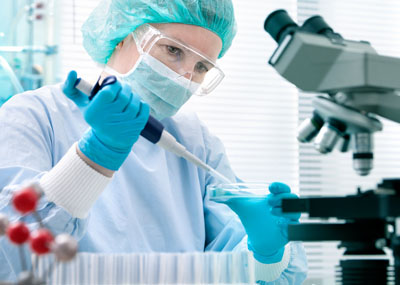Current status and perspectives in Joint Clinical Assessment
While the first two joint clinical assessments were launched in April 2025, a document published by the European Medicines Agency and the Heads of HTA Agencies Group addresses the remaining issues to reduce uncertainty in the parallel joint assessment of the first categories of medicines and medical devices covered by the HTA Regulation
